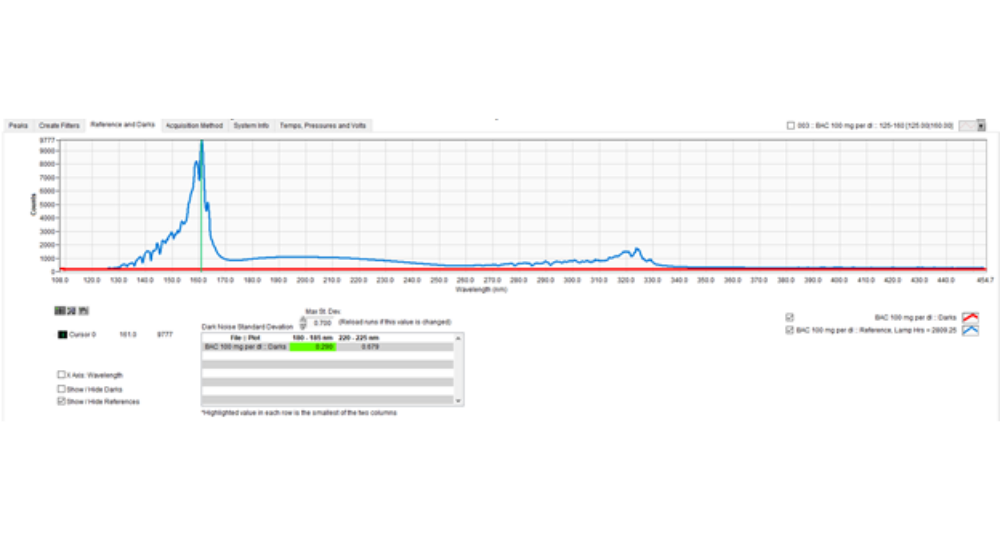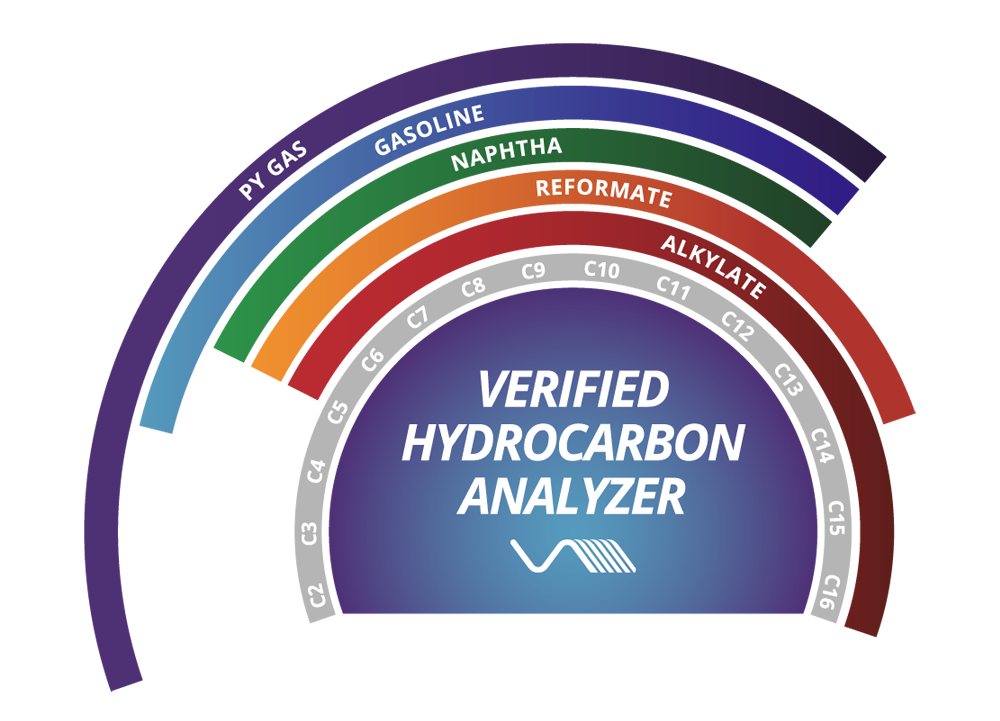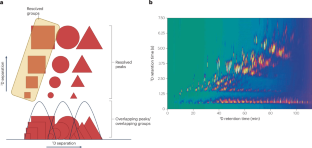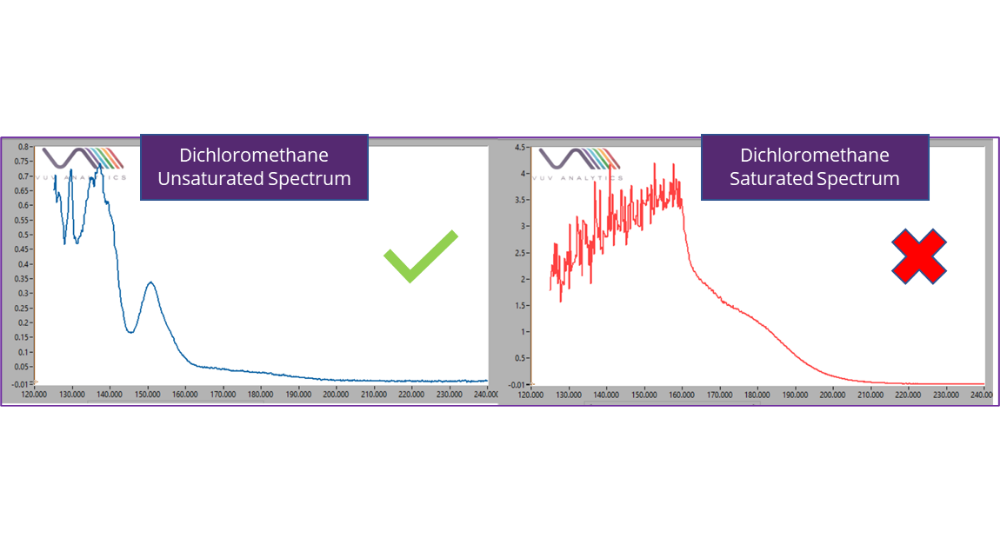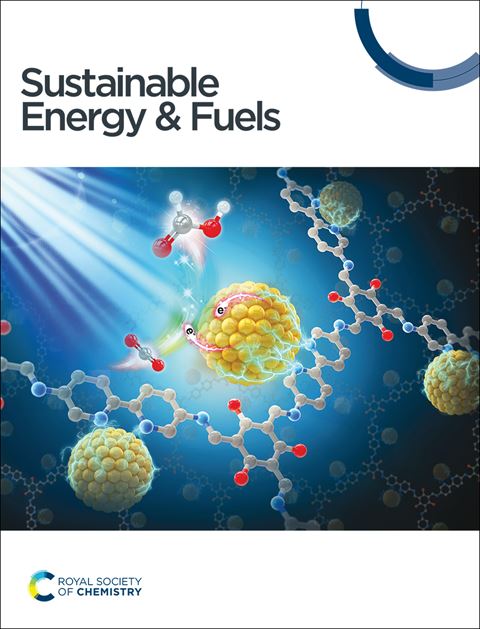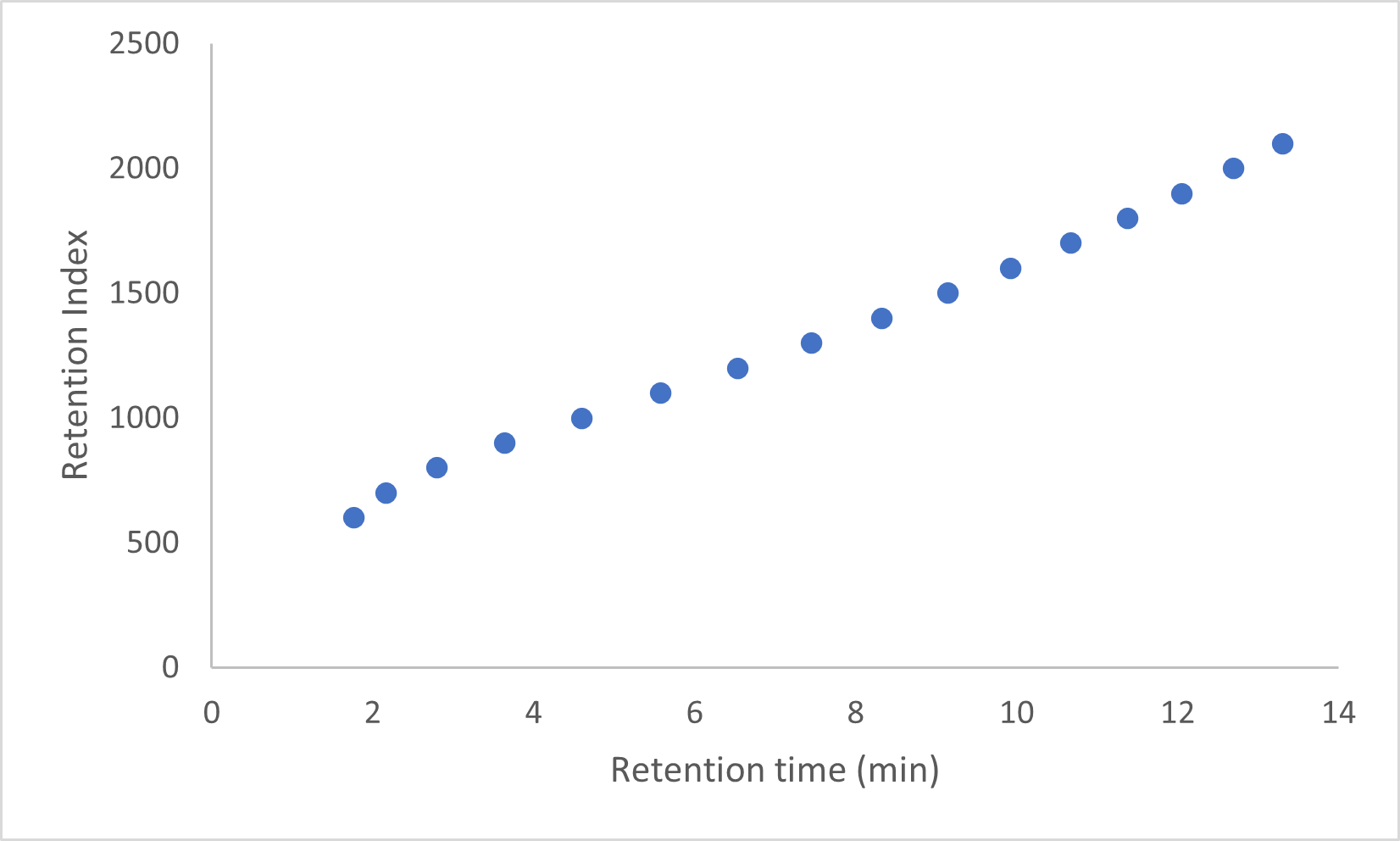Article Preview
This is a step by step video explaining how to upgrade your VUVision Software.Fill out the form below to access VUV Analytic’s Knowledge Base. Stay up to date with the latest VUV blogs, publications, application notes, conference presentations, webinars, and announcements.

